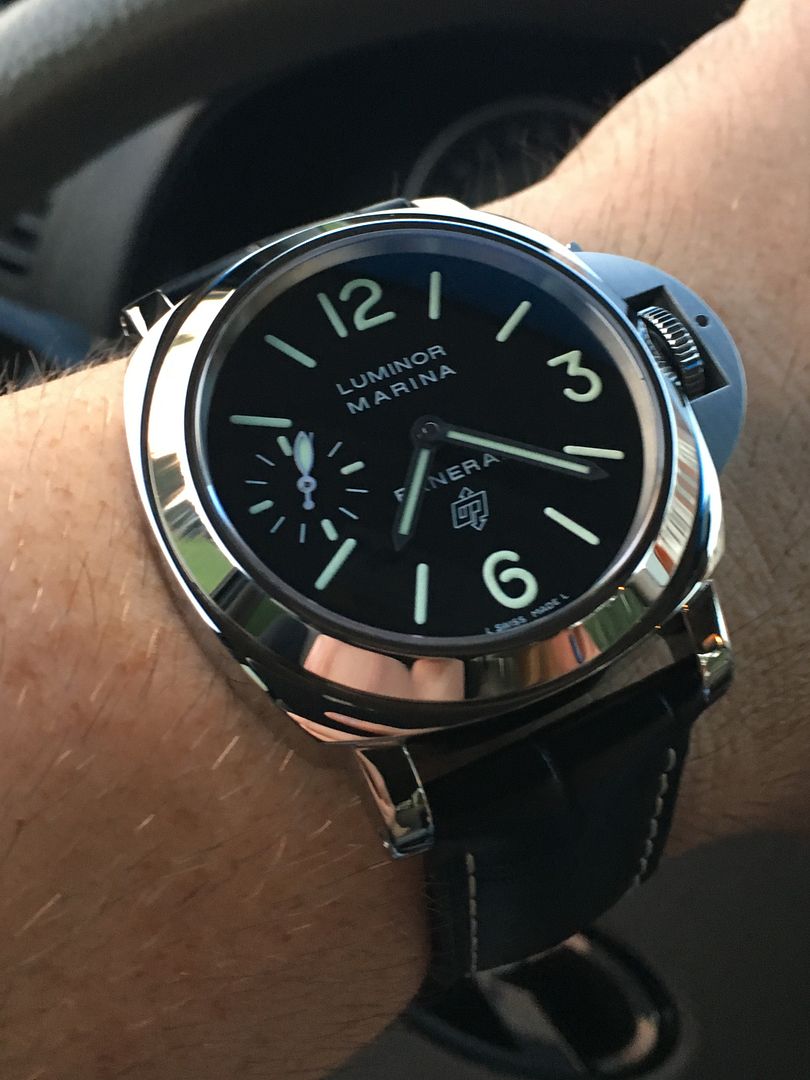My experience is in optics and coatings. this goes far beyond simple watch crystals.
The first coatings to be successfully applied and marketed were by Zeiss. The coatings are there to defeat the scatter of light waves. This gives a much clearer, and well defined view. Whereas scatter, can cause muting and haseing of the object being viewed. While also giving a less than true value to colors as well.
It is a common misconception that the coatings are to prevent a reflection in the crystal. They are not. But rather to give a clear, 3d type view to the dial.
Sorry, I am not trying to come off as a Pam expert. Far from it. But I Do know lens quality, and the quality of different coatings, and their use in optics. A crystal is simply a one lens optical system. Regardless of brand of instrument. In this case, and for the purpose of our discussion in this thread, the Panerai Crystals, both Gen and Rep.
For what it is worth, true quality coatings cost more than out entire rep's. Much less the crystal itself.
This is a very specialized process, (The application of anti light scatter coatings), I am not putting you down. Not at all. I would not expect the layman to know much about optical coatings technology. But I do see the lack of the actual crystal quality confused with its coatings, often.
At least we are for the most part past the bad old days of duplex crystals on our Rep's. For a good period of time, many of the Rep's had a two layer crystal. This caused additional scatter of light wavelengths, and gave the now well known "Cloudy" appearance that we are all sadly familiar with.
Hope this clears what I have alluded to a bit. For further info, please Google Optical Coatings, or, and, the History of Zeiss and Scholt. (Probably misspelled scholt). They are the leading glass for top optics in the world, and a leader in light control coatings. Schott is a division of Carl Zeiss, Germany.
It is a truly fascinating read.
If you will remember Sir, I said that I could tell the difference from across the room. While a dial may not be fully correct to gen, you have to be darned close to see this. The muted or clouded visual of the dial, is however apparent, if use to knowing what to look for from quite a distance.
Having been a collector of fine optics, and the study of same for over four decades now, It is simply something I see automatically without really thinking about it.
I would not expect you, or anyone else, not well studied in optics and their technologies to so easily spot obviously low quality optics. Whether in a fine pair of Binoculars, a high end scope, or fine medical research microscope. Just as with our watches, all have lens systems. And all follow the same laws of light control, or the lack of same.
Respectfully;
KnifeMaker


